

Articles
How Do You Put Up Blinds
Modified: January 9, 2024
Learn how to put up blinds with these informative articles. Step-by-step guides and handy tips to help you with your blinds installation.
(Many of the links in this article redirect to a specific reviewed product. Your purchase of these products through affiliate links helps to generate commission for Storables.com, at no extra cost. Learn more)
Introduction
Blinds are a versatile window covering solution that not only enhances the privacy and security of your space but also adds style and sophistication to your home or office. Whether you are moving into a new place or looking to update the look of your existing windows, putting up blinds is a simple and effective way to achieve the desired effect.
In this comprehensive guide, we will walk you through the process of putting up blinds, step by step. From understanding the different types of blinds to measuring your windows and gathering the necessary tools, we’ve got you covered.
So, grab your measuring tape and let’s get started on transforming your windows into stylish and functional features of your space.
Key Takeaways:
- Transform your space with ease by understanding the different types of blinds, measuring your windows accurately, and gathering the necessary tools for a straightforward installation process.
- Troubleshoot and maintain your blinds for a pristine and stylish look, ensuring smooth operation and enhanced privacy in your home or office.
Read more: How To Put Up Blinds With Brackets
Understanding the Types of Blinds
Before you begin the process of putting up blinds, it’s important to familiarize yourself with the different types of blinds available. Each type offers its own unique set of features and benefits, allowing you to find the perfect fit for your needs. Here are some popular types of blinds:
- Horizontal Blinds: Also known as Venetian blinds, these are one of the most common types of blinds. They feature horizontal slats that can be adjusted to control the amount of light and privacy you desire.
- Vertical Blinds: As the name suggests, vertical blinds have slats that hang vertically. They are often used for larger windows or sliding glass doors and offer excellent light control.
- Roller Blinds: Roller blinds consist of a single piece of material that can be rolled up or down to cover the window. They are simple, practical, and ideal for achieving a minimalist look.
- Roman Blinds: Roman blinds are made of fabric and have horizontal folds that stack up neatly when the blind is raised. They add an elegant touch to any room and are available in a wide range of styles and patterns.
- Pleated Blinds: Pleated blinds are similar to Roman blinds but have a more structured appearance. They are often used in conservatories or rooms with unique window shapes due to their versatility.
- Wooden Blinds: Made from natural wood or faux wood materials, wooden blinds offer a warm and organic look. They are well-suited for a rustic or traditional decor style.
- Aluminum Blinds: Aluminum blinds are lightweight and durable, making them ideal for high-traffic areas. They come in a variety of colors and finishes to match any interior design.
Take some time to consider the style, functionality, and maintenance requirements of each type of blind. This will help you make an informed decision when selecting the blinds that best suit your needs and preferences.
Measuring Your Windows
To ensure a proper fit and a seamless installation, it’s crucial to accurately measure your windows before purchasing your blinds. Here’s a step-by-step guide on how to measure your windows:
- Start by using a metal tape measure, as it provides more accurate measurements than a cloth or plastic measuring tape.
- Measure the width of the window: Begin by measuring the width of the window opening at the top, middle, and bottom. Take note of the narrowest measurement, as this will be the width you’ll use when selecting your blinds.
- Measure the height of the window: Next, measure the height of the window from the top edge down to the windowsill. If you prefer your blinds to extend to the floor, measure down to desired length.
- Consider the depth: Measure the depth of your window frame to determine if it can accommodate the blinds you have in mind. This is particularly important for inside mount blinds.
- Make note of any obstructions: Take note of any obstacles such as handles, cranks, or molding that could interfere with the installation or operation of the blinds. This will help you choose blinds that work seamlessly with your window configuration.
Keep in mind that it’s always better to measure multiple times to ensure accuracy. If you’re unsure about your measurements or have unique window configurations, it may be wise to consult a professional or seek assistance from a reputable blinds retailer.
Once you have your measurements, you’re ready to move on to the next step: selecting your blinds and gathering the necessary tools for installation.
Gathering the Necessary Tools
Before you start the installation process, it’s important to gather all the necessary tools and materials. Having everything prepared in advance will save you time and ensure a smooth installation. Here are the essential tools you’ll need:
- Tape Measure: A reliable and accurate tape measure is essential for measuring your windows and ensuring a proper fit.
- Pencil: A pencil will come in handy for marking measurements on your window frame.
- Level: To ensure that your blinds are properly aligned, use a level to check for straightness during the installation process.
- Screwdriver: Depending on the type of blinds you’re installing, you may need a screwdriver to attach brackets or mount the blinds.
- Drill: If necessary, a drill will be needed for drilling pilot holes or securing brackets for installation.
- Hardware and Mounting Brackets: Check the packaging of your blinds to determine if any additional hardware or mounting brackets are required for installation. Make sure you have all the necessary parts before beginning.
- Step Stool or Ladder: Depending on the height of your windows, you may need a step stool or ladder to reach the installation area safely.
- Safety Equipment: It’s important to prioritize safety during any home improvement project. Consider using safety goggles, gloves, and a face mask to protect yourself from potential hazards.
- Installation Instructions: Don’t forget to have the installation instructions provided by the blinds manufacturer on hand. They will give you specific guidelines and tips for the installation process.
By gathering all of these tools and materials before you begin, you’ll be well-prepared to carry out a successful blinds installation.
When putting up blinds, make sure to measure the window accurately before purchasing the blinds. Use a level to ensure the brackets are straight and secure for proper installation.
Installing Inside Mount Blinds
Inside mount blinds are designed to fit within the window frame, providing a clean and streamlined appearance. Here’s a step-by-step guide on how to install inside mount blinds:
- Prepare the blinds: Start by gathering your blinds and ensuring that all necessary hardware is included. Read the installation instructions provided by the manufacturer for any specific guidelines.
- Measure the window: Use your measurements from earlier to determine the appropriate width and height for your blinds. Take into account any obstructions, such as handles or molding.
- Mark the bracket placement: Take a pencil and mark the bracket placement on the top inside of the window frame. Ensure that the brackets are level and evenly spaced.
- Attach the brackets: Using a screwdriver or drill, attach the brackets to the inside of the window frame according to your marked placement. Be sure to follow the instructions provided by the manufacturer for the specific type of blinds you are installing.
- Test the fit: Before fully installing the blinds, place them into the brackets to ensure a proper fit. Make any necessary adjustments to the bracket placement if needed.
- Secure the blinds: Once you are satisfied with the fit, secure the blinds into the brackets by following the instructions provided by the manufacturer. This may involve snapping the blinds into place or tightening screws.
- Adjust and test: Adjust the blinds to your desired position and test their functionality, making sure they open and close smoothly.
- Clean up: Lastly, clean up any debris and ensure that the window area is tidy. Dispose of any packaging materials appropriately.
With these steps, you can successfully install inside mount blinds and enjoy their benefits of enhanced privacy and light control.
Read more: How To Put Up Venetian Blinds
Installing Outside Mount Blinds
Outside mount blinds are installed on the wall or window frame, covering the entire window opening and providing maximum light blockage and privacy. Follow these steps to properly install outside mount blinds:
- Measure the window: Take accurate measurements of the width and height of the window, including the frame. Be sure to add extra inches to the measurements to allow for proper coverage and overlap.
- Mark the bracket placement: Use a pencil to mark the bracket placement on the wall or window frame. Ensure that the marks are level and evenly spaced.
- Attach the brackets: Using a screwdriver or drill, attach the brackets to the wall or window frame according to your marked placement. Make sure they are securely fastened.
- Mount the valance or headrail: If your blinds come with a valance or headrail, follow the manufacturer’s instructions to mount it above the window frame. This will provide a finished look for your blinds.
- Install the blinds: With the brackets in place, carefully hang the blinds onto the brackets. Check that they are level and properly aligned before proceeding.
- Secure the blinds: Once the blinds are properly hung, secure them into the brackets according to the manufacturer’s instructions. This may involve tightening screws or snapping the blinds into place.
- Adjust and test: Adjust the blinds to your desired height and position, making sure they open and close smoothly. Test their functionality to ensure they operate as intended.
- Clean up: Dispose of any packaging materials and clean up any debris. Give the blinds and the surrounding area a final wipe down to ensure a neat and tidy installation.
With these steps, you can successfully install outside mount blinds, adding style and functionality to your windows. Enjoy the benefits of improved light control and enhanced privacy in your space.
Troubleshooting and Tips
While installing blinds can be a straightforward process, it’s important to be aware of some common troubleshooting issues and helpful tips to ensure a successful installation. Here are some troubleshooting tips to consider:
- Uneven blinds: If your blinds are uneven when fully extended, gently adjust the cords or slats to achieve a balanced appearance. You may need to adjust the brackets or rehang the blinds to ensure proper alignment.
- Difficult operation: If your blinds are difficult to open or close, check for any obstructions such as overlapping slats or tangled cords. Make sure the blinds are properly aligned and adjust the tension of the cords if necessary.
- Squeaking or noisy blinds: If your blinds are making squeaking noises when operated, applying a small amount of lubricant, such as silicone spray or powdered graphite, to the moving parts can help reduce friction and eliminate the noise.
- Proper maintenance: Regularly dusting or vacuuming your blinds can help keep them clean and free from dust and debris. For stubborn stains, spot clean the affected area with a mild detergent and a soft cloth. Avoid using harsh chemicals or abrasive cleaners as they may damage the blinds.
Here are some additional tips to ensure a successful blind installation:
- Read the instructions: Before starting, carefully read and follow the installation instructions provided by the blinds manufacturer. Each type and brand of blinds may have specific guidelines that you need to be aware of.
- Seek assistance if needed: If you encounter any difficulties during the installation process, don’t hesitate to seek assistance from a professional or consult customer support for guidance.
- Take your time: Installing blinds requires precision, so take your time to ensure accurate measurements and proper alignment. Rushing through the process can result in mistakes or an unsatisfactory outcome.
- Safety first: Whenever using tools or working at heights, prioritize safety. Use appropriate safety equipment, such as goggles and gloves, and follow best practices to avoid accidents or injuries.
By addressing any troubleshooting issues that arise and following these helpful tips, you’ll be well-prepared to overcome challenges and successfully install your blinds.
Conclusion
Putting up blinds is a rewarding and relatively simple endeavor that can enhance the look and functionality of your windows. By understanding the different types of blinds, measuring your windows accurately, gathering the necessary tools, and following the installation steps, you can transform your space with ease.
Whether you choose inside mount blinds for a sleek and minimalist look or outside mount blinds for maximum light control, the installation process can be straightforward as long as you carefully follow the manufacturer’s instructions and take your time.
Remember to troubleshoot any issues that may arise during the installation, such as uneven blinds or difficult operation. Regular maintenance and cleaning will ensure that your blinds remain in pristine condition and continue to operate smoothly.
By applying these tips and techniques, you can confidently install blinds that not only provide privacy and light control but also elevate the overall aesthetic of your home or office.
So, don’t delay any longer – start measuring your windows, gather your tools, and get ready to put up your blinds. You’ll soon enjoy the benefits of a more comfortable and stylish space.
Happy blind installation!
Frequently Asked Questions about How Do You Put Up Blinds
Was this page helpful?
At Storables.com, we guarantee accurate and reliable information. Our content, validated by Expert Board Contributors, is crafted following stringent Editorial Policies. We're committed to providing you with well-researched, expert-backed insights for all your informational needs.
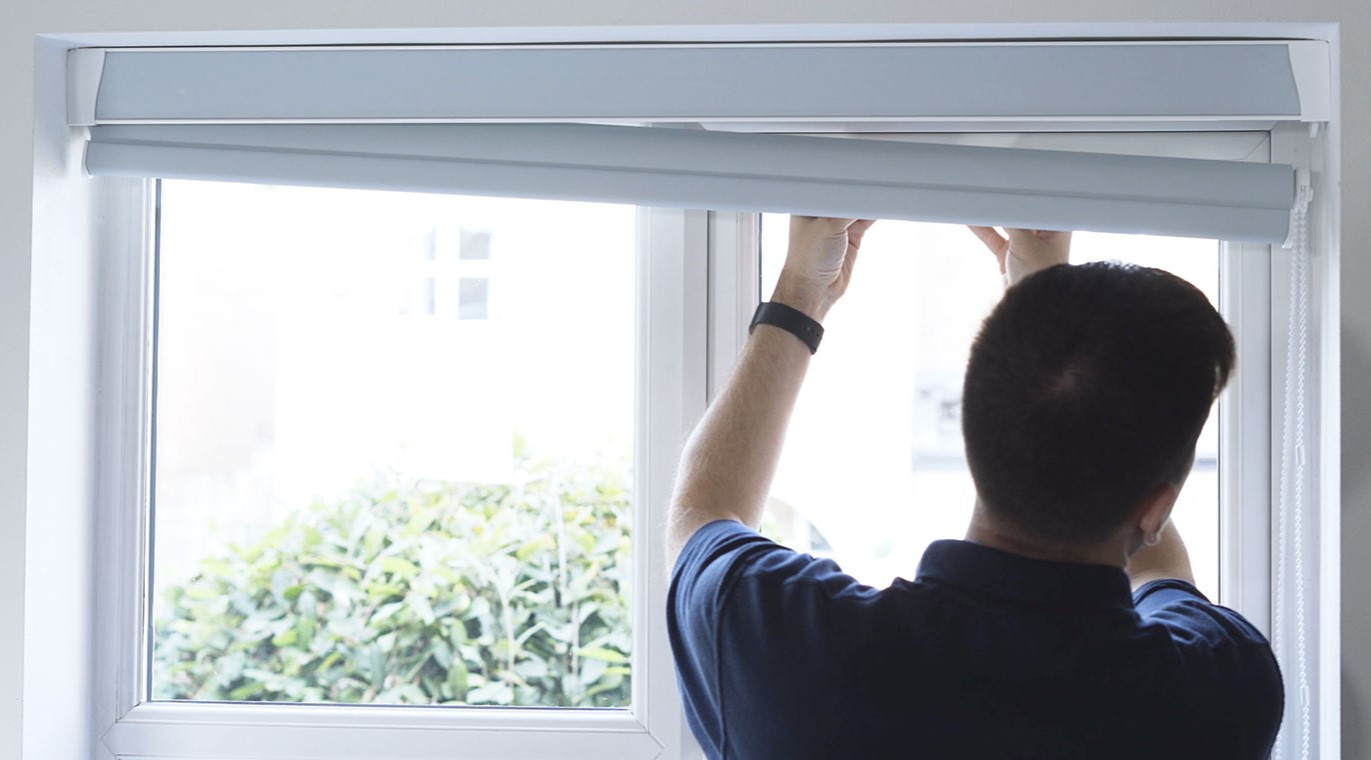
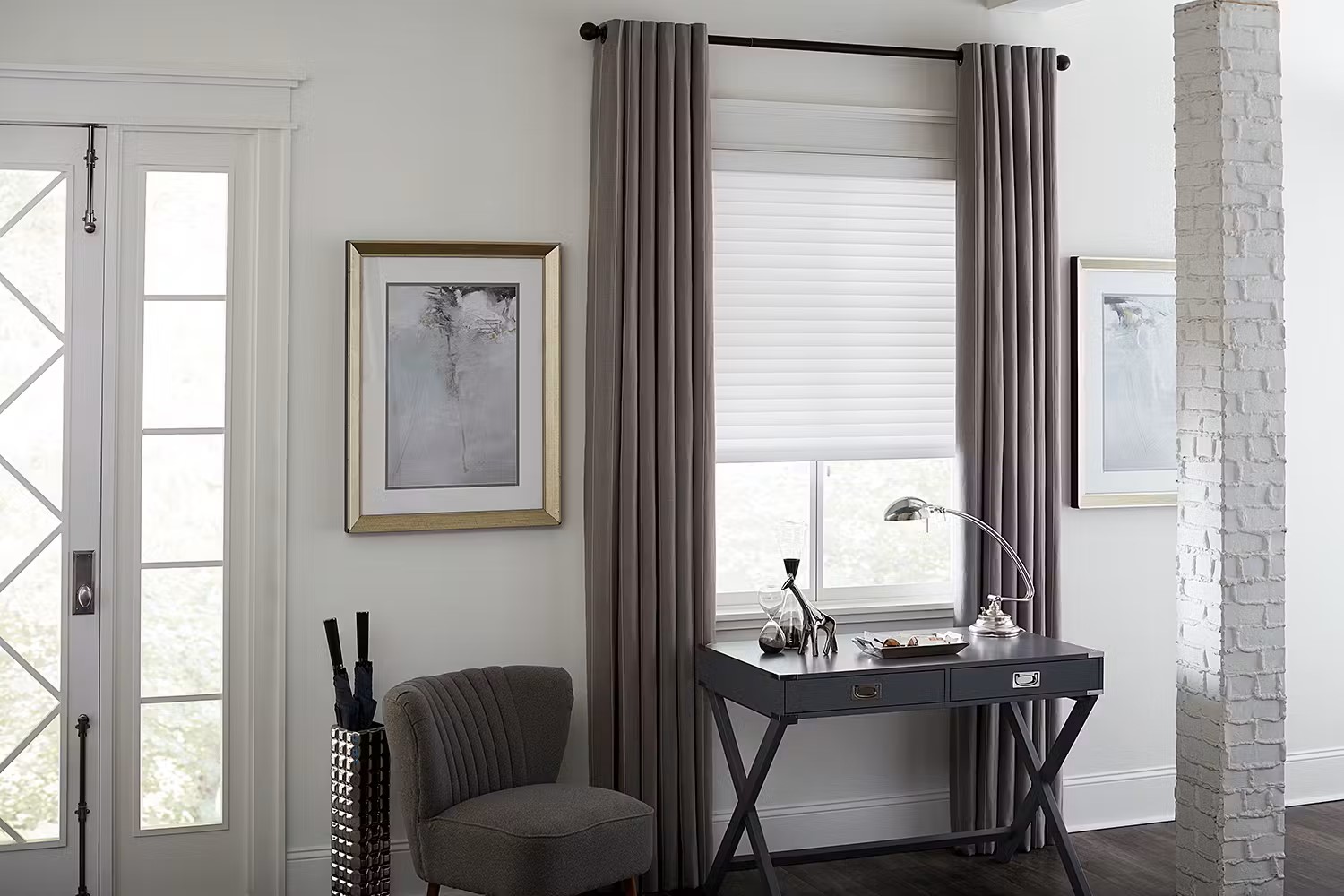
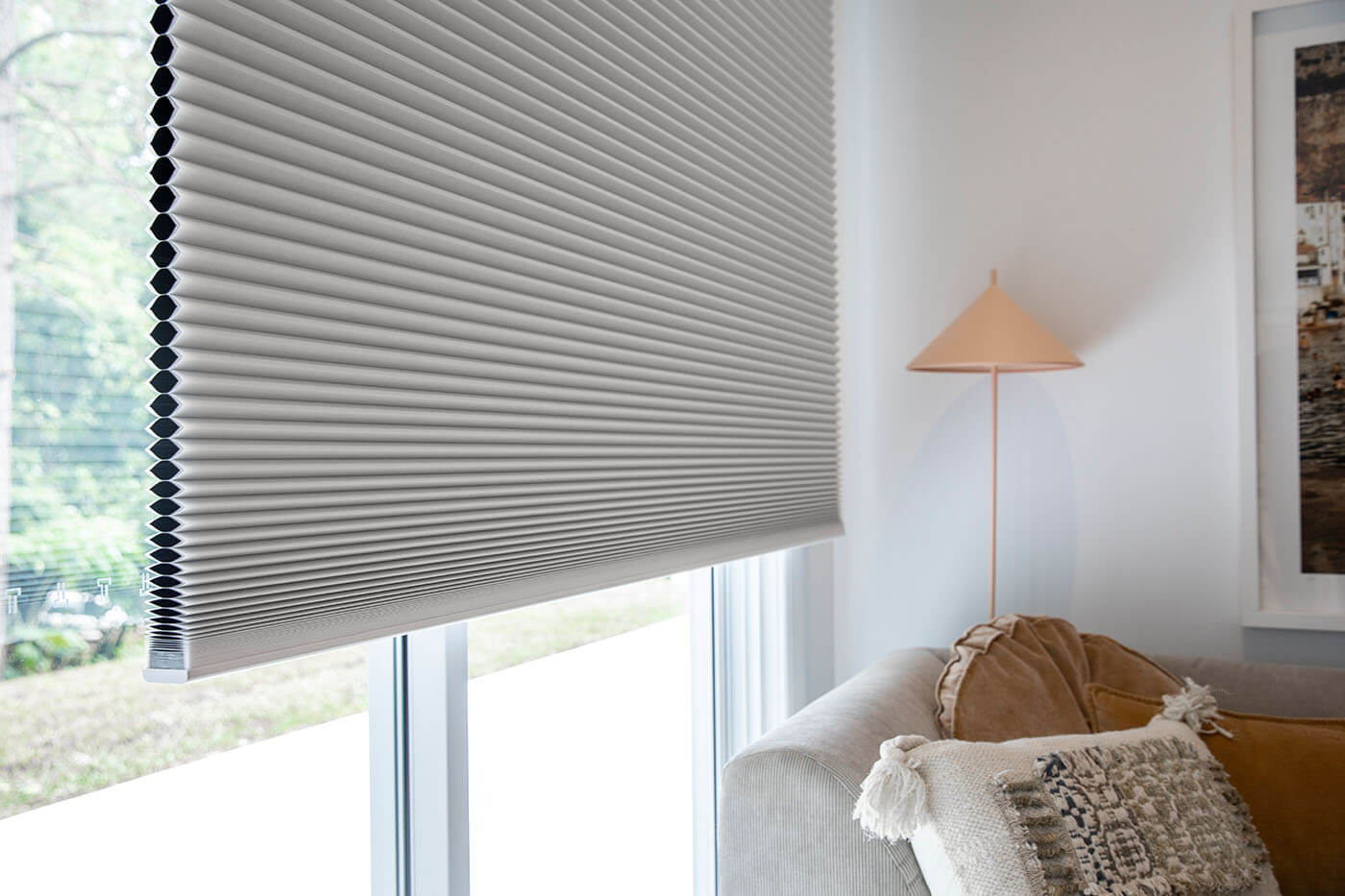


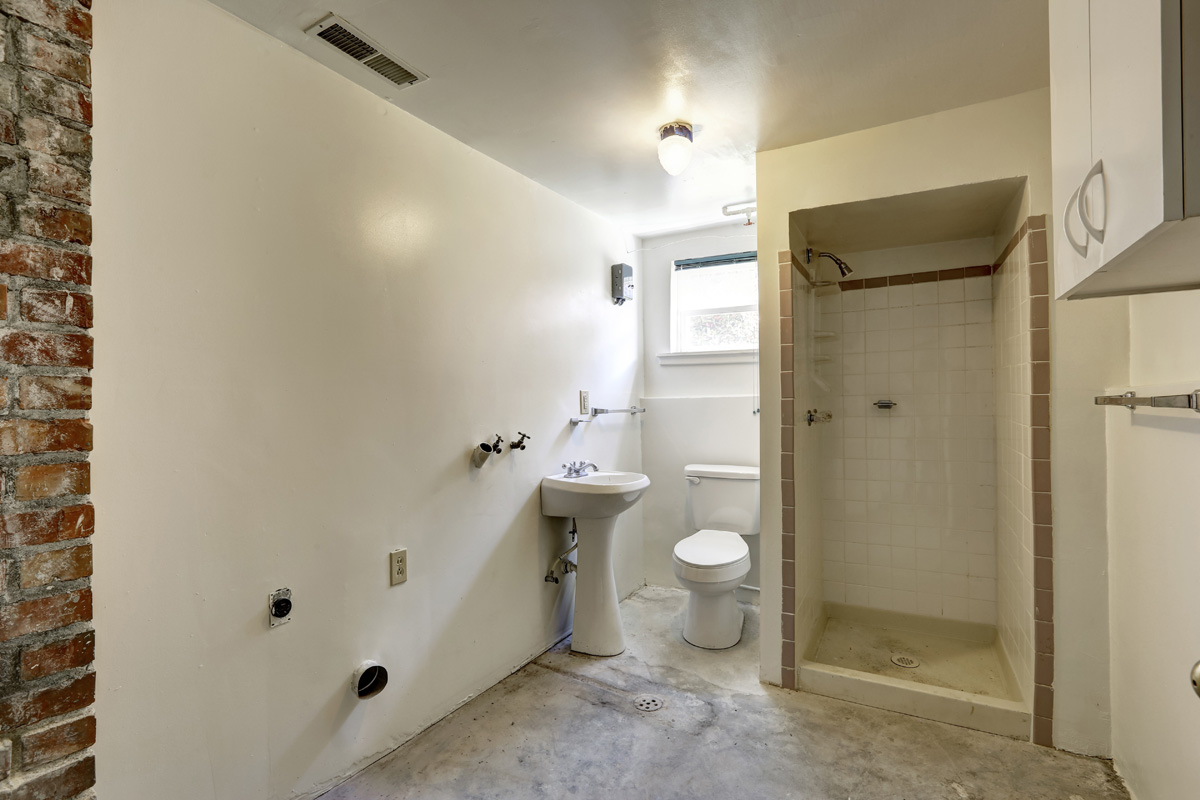
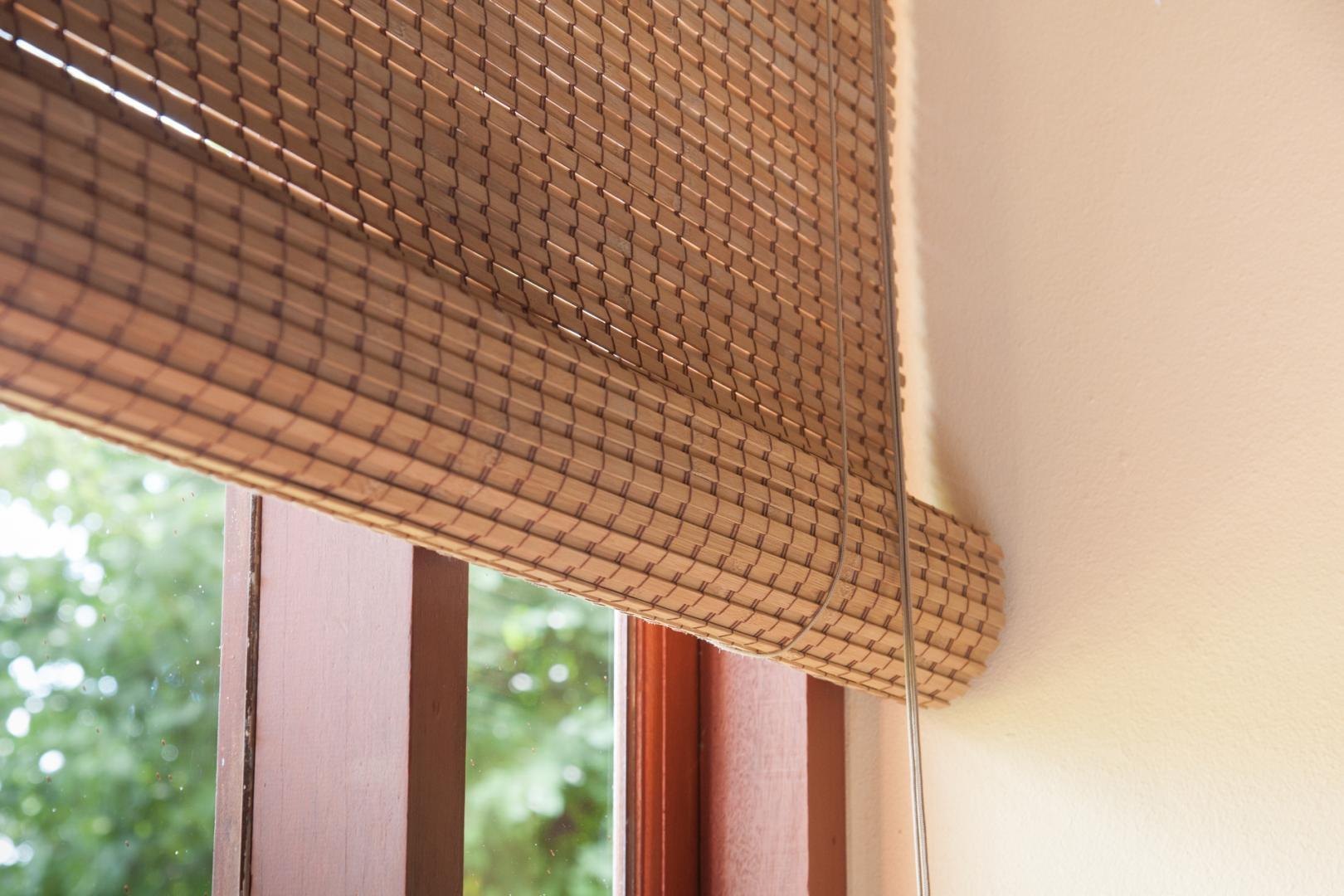


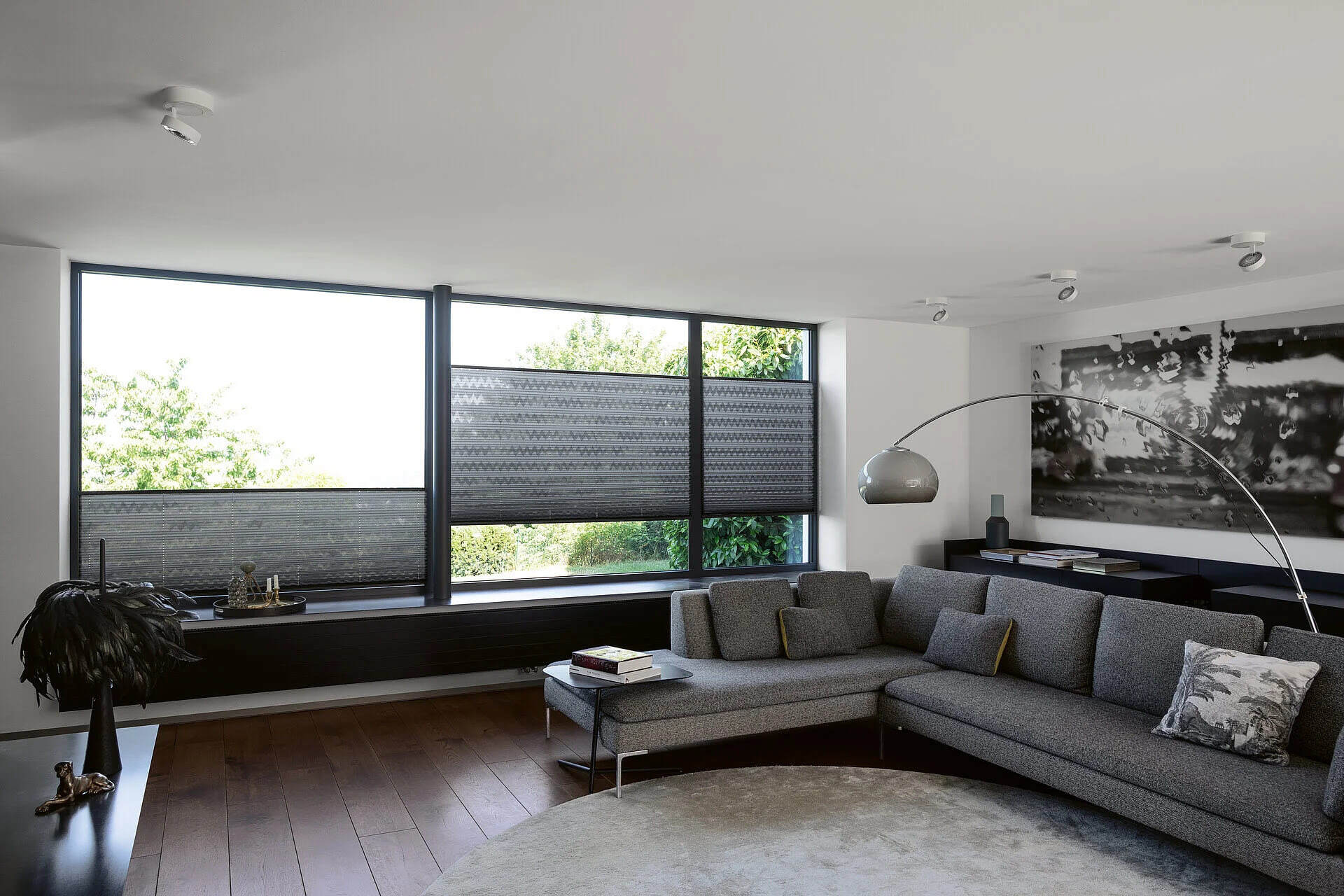
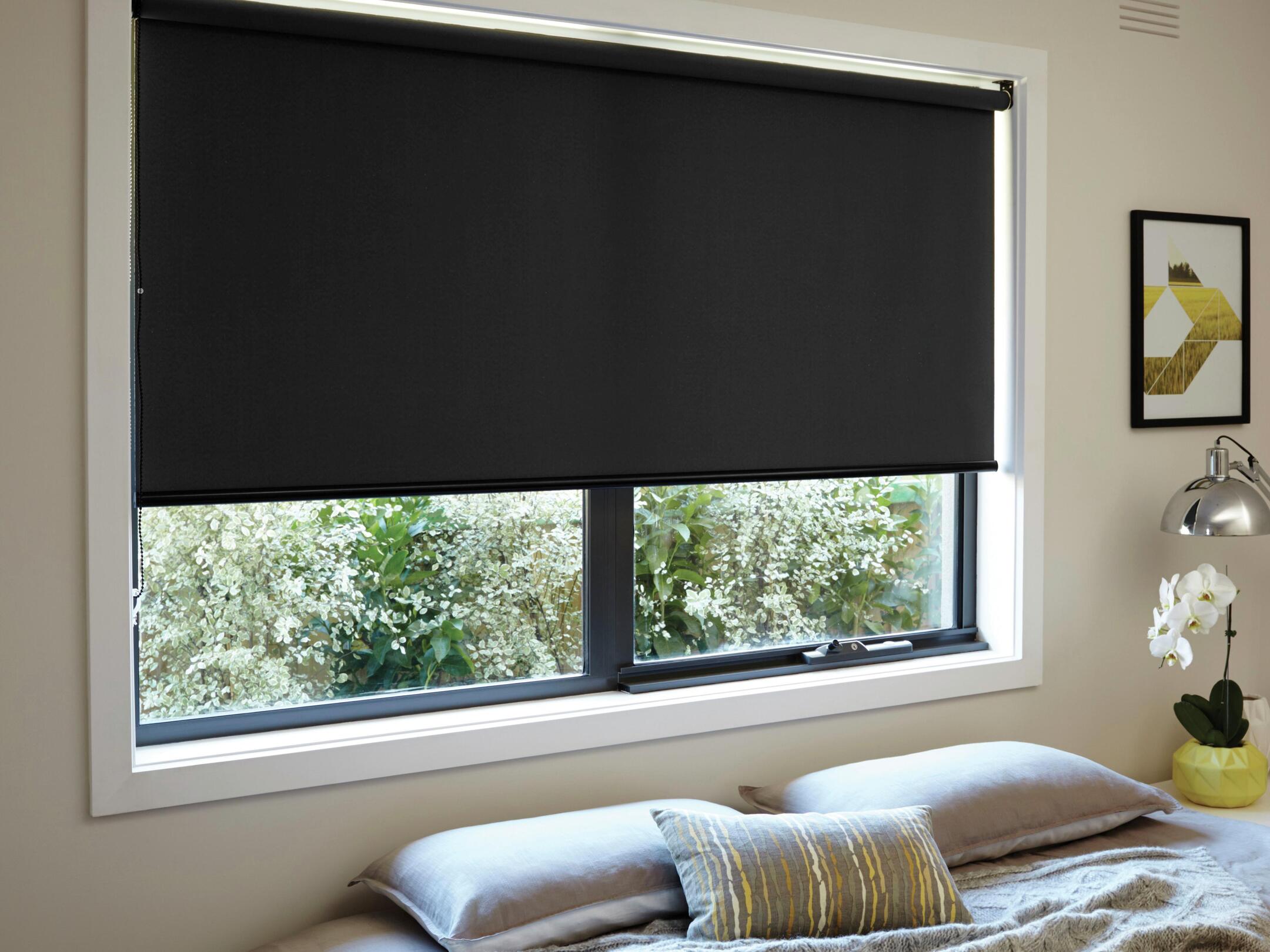
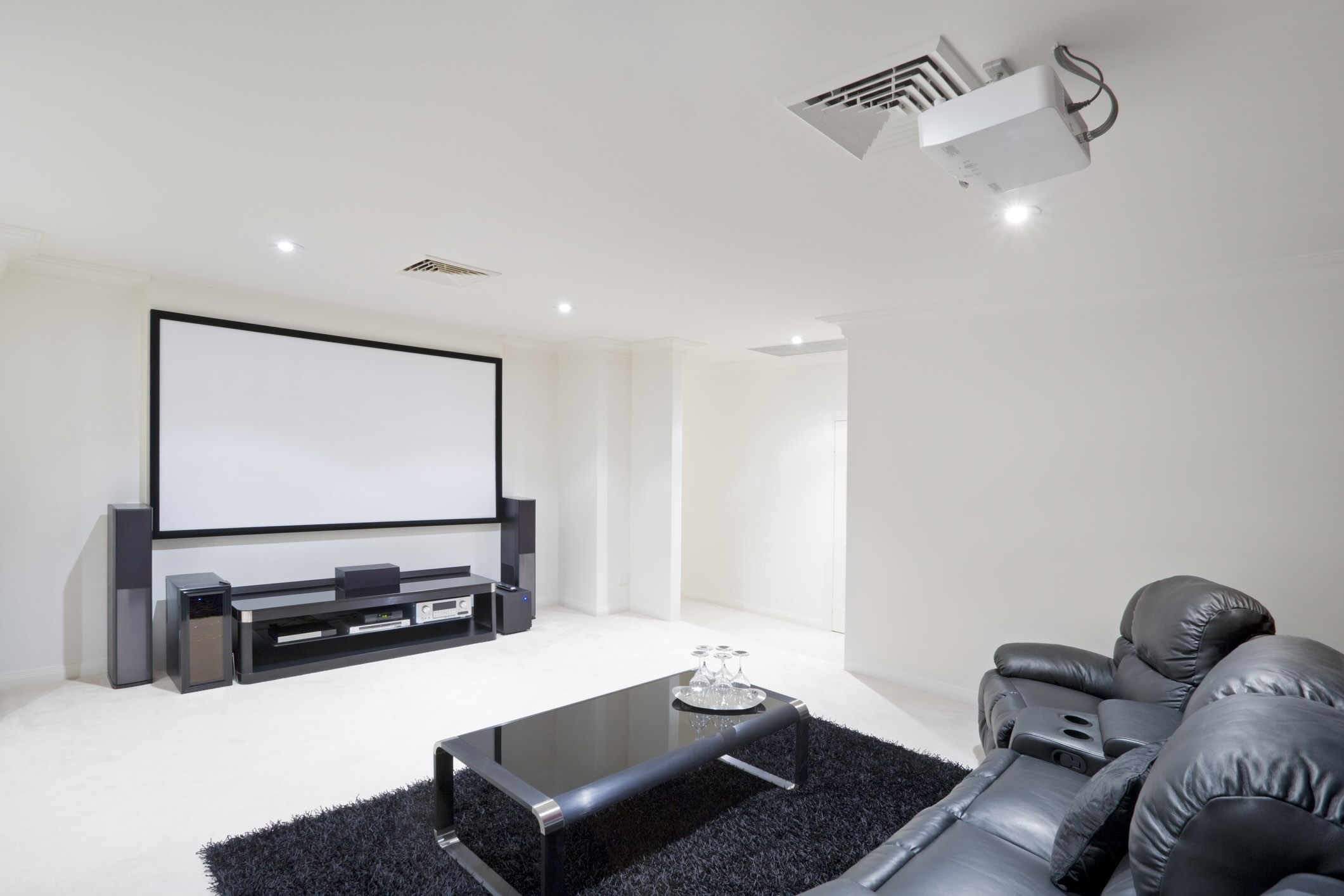
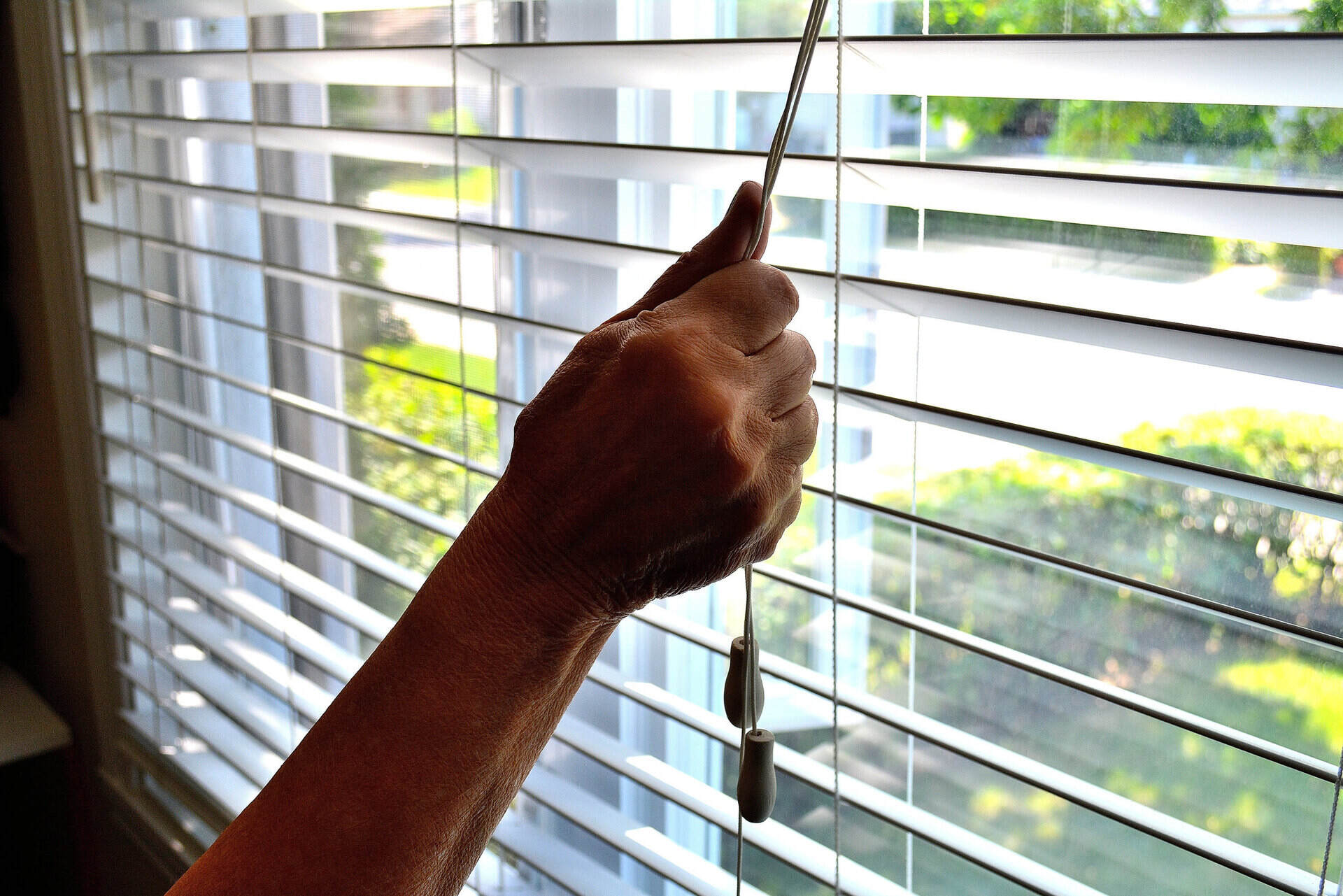


0 thoughts on “How Do You Put Up Blinds”